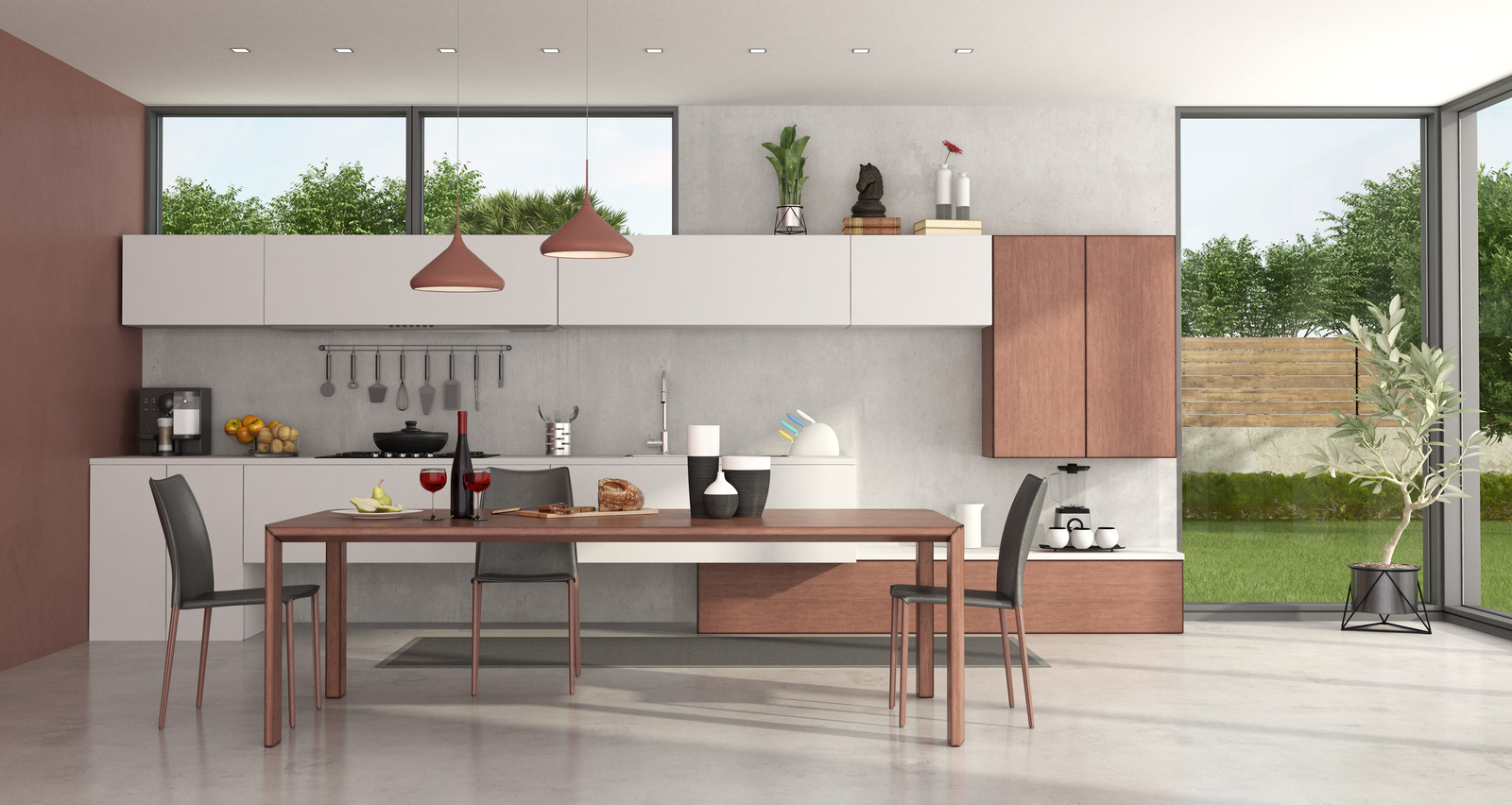Lets delve into all the things you need to know when building a garden room with toilet and kitchenette. Imagine a cosy room where you can unwind, work, or even host guests without stepping into your main house. These versatile spaces are growing in popularity and for good reason.
We’ll explore the benefits, design considerations and practical advice of garden rooms with toilet and kitchen facilities. Whether you’re looking for extra living space, a private garden office, or a rental opportunity, a new garden room could be the perfect solution.
Benefits of a Garden Room
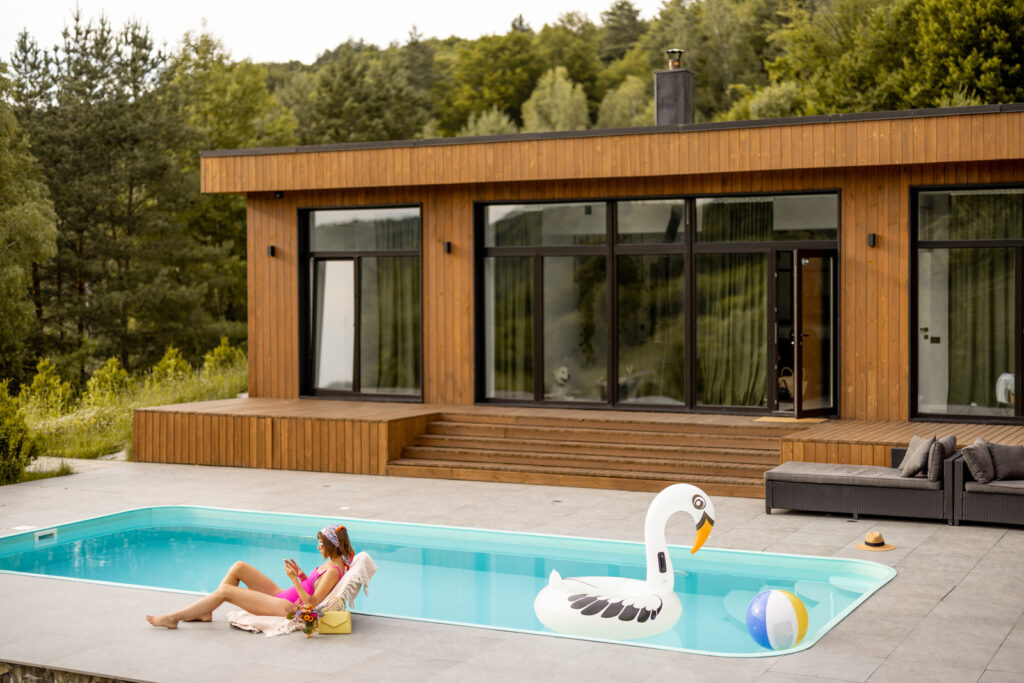
Additional Living Space
One of the primary advantages of a bespoke garden room is the extra living space it provides. Whether you need a home garden office, a guest room, or a personal retreat, a garden room can serve multiple purposes. Unlike traditional home additions, garden rooms are less intrusive and quicker to set up. This makes them an ideal choice for those who need more space but don’t want to endure the hassle of a major renovation.
Privacy
Privacy is a significant benefit of having a garden room. If you work from home, a garden room office can serve as a dedicated garden office space, free from household distractions. It also offers a quiet retreat for reading, yoga, or hobby room. For families, it provides a separate area for teenagers or grandparents, offering independence while keeping everyone close.
Potential for Rental Income
Another compelling reason to invest in a garden room is the potential for rental income. With toilet and kitchen facilities , your garden room can serve as a fully functional studio apartment. This makes it an attractive option for short-term rentals on platforms like Airbnb. The additional income can help offset the initial investment and even generate profit over time.
Designing Your Dream Garden Room
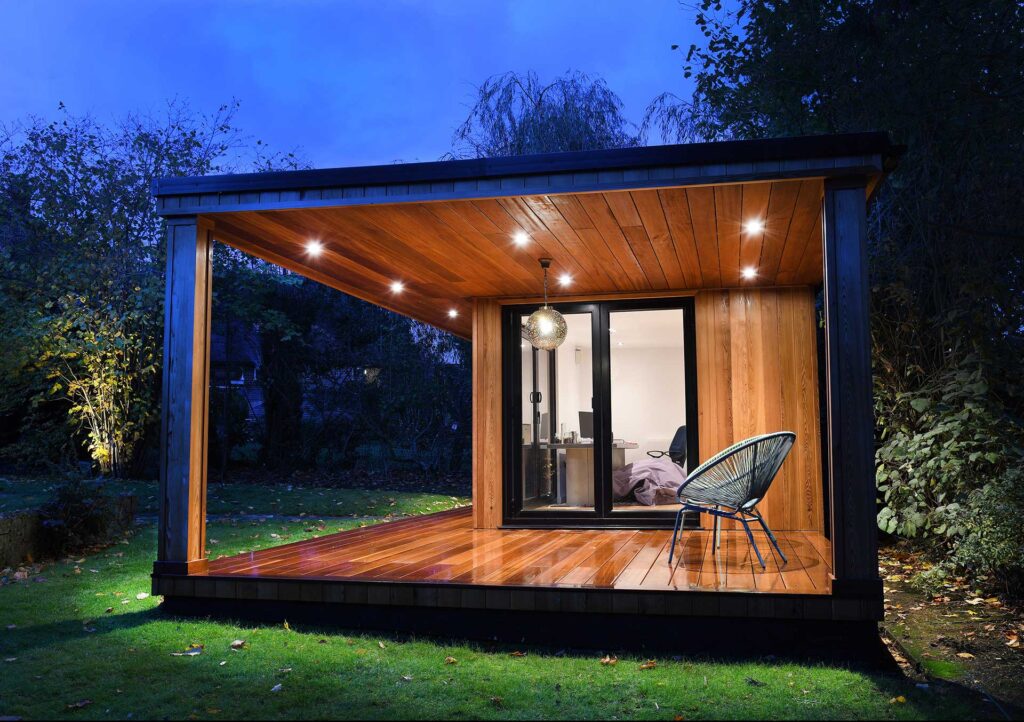
Layout
When designing your garden room, start with the layout. Consider how you’ll use the space and what amenities you’ll need. For a home garden office, ensure there’s room for a desk, chair, and storage. If you’re creating a guest room, think about bed placement, seating, and storage. Open-plan layouts work well for multi-purpose spaces, allowing for flexibility in furniture arrangement.
Materials
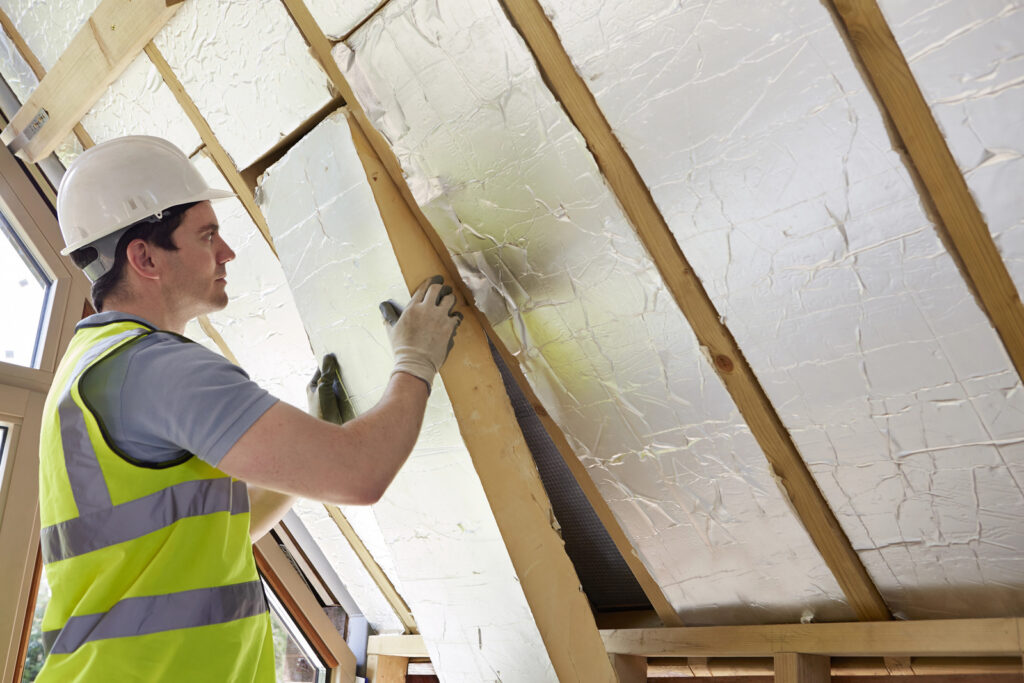
The materials you choose will impact both the functionality and aesthetic of your garden room. Durable and weather-resistant materials for the exterior, such as treated timber or composite panels. For the interior, consider materials that offer comfort and insulation, like cork flooring and plasterboard walls. Eco-friendly options, such as reclaimed wood or bamboo, can add a sustainable touch to your design.
Aesthetics
Aesthetics play a crucial role in making sure your garden room creates an inviting space. Choose a colour scheme that complements your garden and main house. Natural tones and materials can create a harmonious look. Incorporate large windows or glass doors to bring in natural light and connect the indoor space with the garden. Add personal touches like artwork, rugs, and cushions to make the room feel cosy and welcoming.
Adding Toilet and Kitchen Facilities to your Garden Room
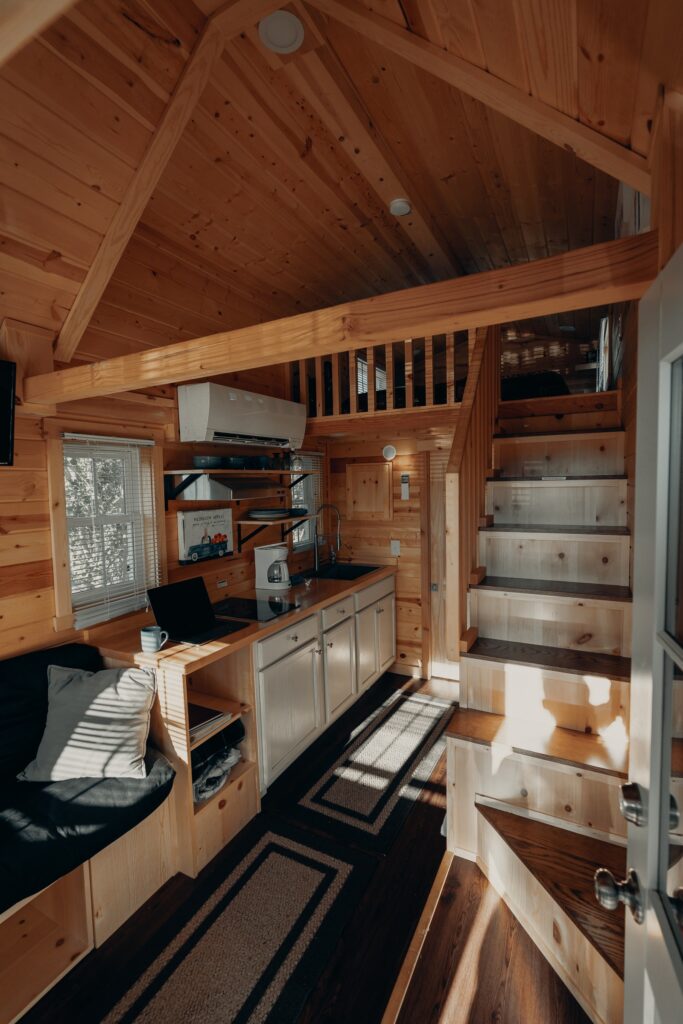
Plumbing and Electrical Considerations
Adding a toilet and kitchenette to your garden room involves plumbing and electrical work. You’ll need to connect to your home’s water supply and sewage system, which may require trenching and installing pipes. Electrical work includes wiring for lighting, outlets, and appliances. It’s essential to hire licensed professionals to ensure the work complies with building codes and safety standards.
Cost Estimates
The cost of adding a toilet and kitchenette can vary based on the complexity of the work and the quality of materials chosen. On average, in the UK you can expect to spend between £5,000 and £10,000 for plumbing and electrical work. This does not include the cost of fixtures and appliances, which can range from a few hundred to several thousand pounds.
Timeframe
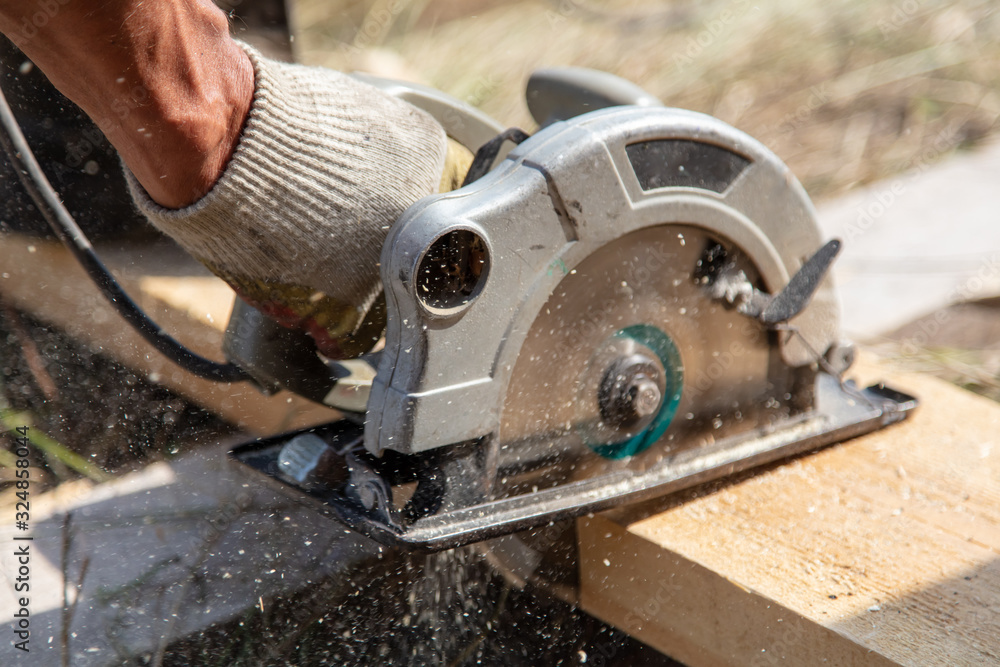
The timeframe for adding toilet and kitchen facilities to your garden room will depend on the scope of work. On average, it can take 4-6 weeks for planning and approvals, and another 4-6 weeks for construction. However, this may vary based on factors such as weather conditions, availability of materials, and contractor schedules.
This includes plumbing, electrical work, fixtures, and appliances. While it may seem like a significant investment, the added functionality and potential rental income can provide a good return on investment.
Eco-Friendly Options
If you’re environmentally conscious, consider eco-friendly options for your garden room. Composting toilets eliminate the need for sewage connections and reduce water usage. For the kitchenette, choose energy-efficient appliances and install a sink with a water-saving faucet. Solar panels can provide a renewable energy source, reducing your carbon footprint and lowering utility bills.
Garden Room Toilet Options
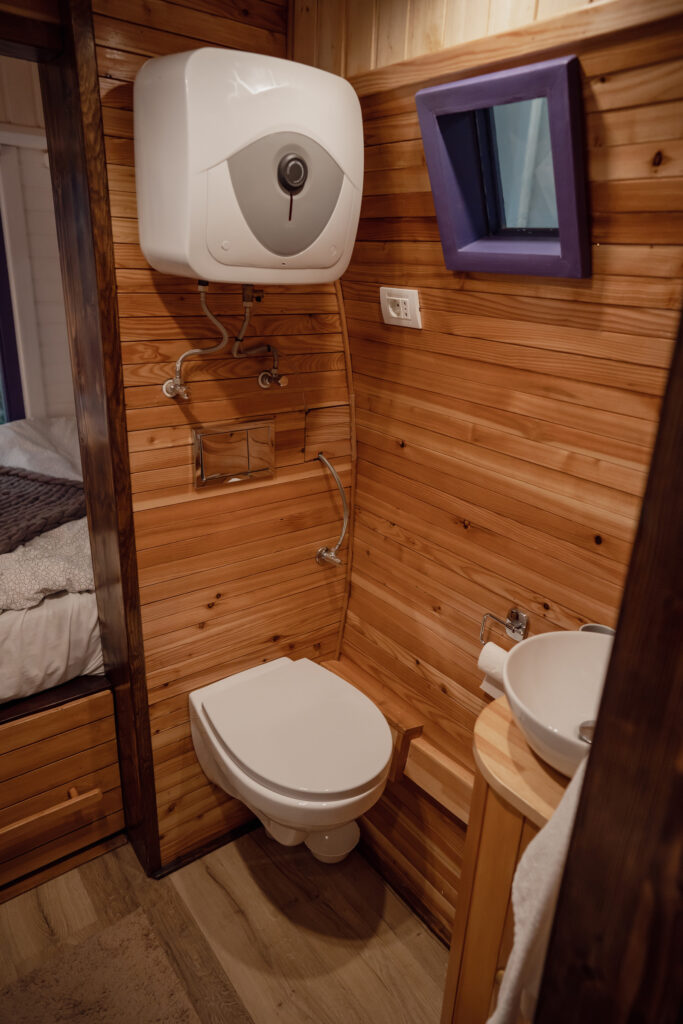
Traditional Flush Toilet
The most common option for a garden room toilet is a traditional flush toilet. This requires connecting to the main sewage system and will involve more extensive plumbing work.
Composting Toilet
A composting toilet is an environmentally friendly option that doesn’t require connection to a sewage system. It collects waste in a chamber where it decomposes into compost, which can then be used as fertilizer.
Garden Room Shower Rooms and Wet Rooms
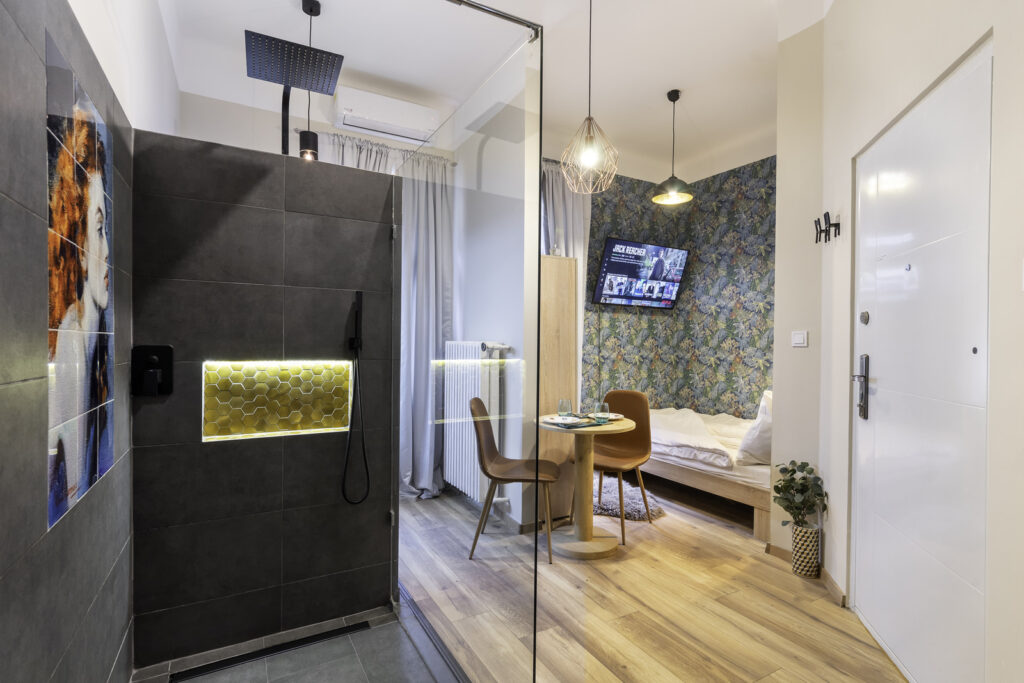
If you’re looking to add shower facilities to your garden room, you have two main options: a traditional shower room or a wet room. A traditional shower room involves a separate enclosed area with a showerhead, while a wet room is an open space where the entire floor acts as the shower tray.
Bathrooms
A bathroom in your garden room can add a touch of luxury and convenience. This option will require more space and plumbing work, but it can provide added comfort for guests or serve as a personal retreat.
Garden Room Kitchenette Options
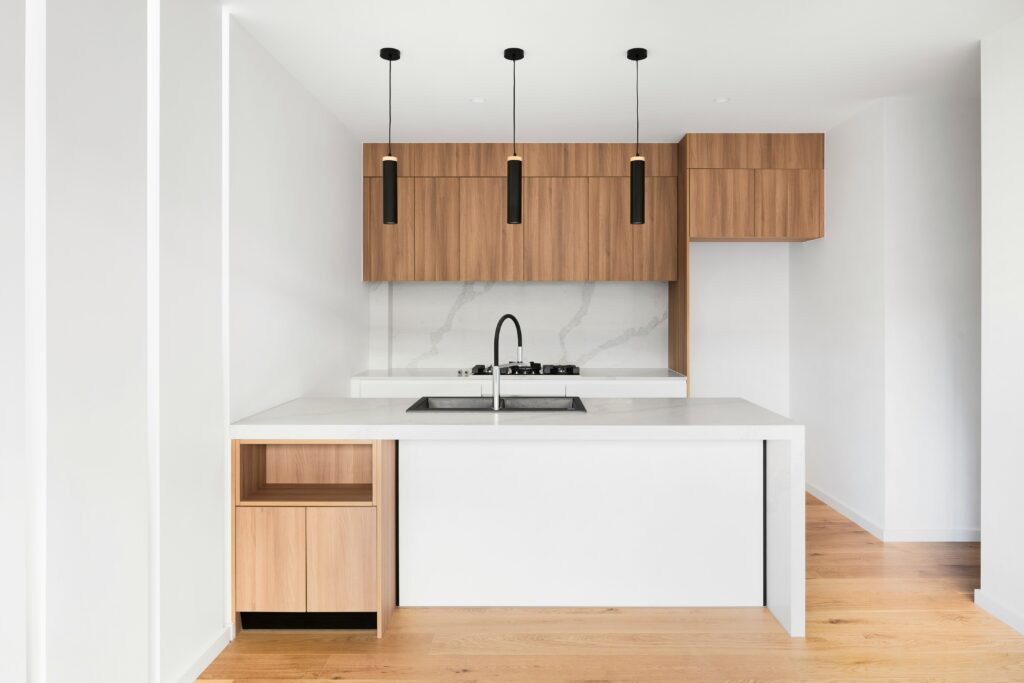
Basic Kitchenette
A basic kitchenette typically includes a sink, small fridge, and storage space. It’s suitable for making simple meals or snacks but may not have all the amenities of a full kitchen.
Full Kitchen
For those who want all the comforts of home in their garden room, a full kitchen with appliances such as a stove, oven, and dishwasher is an excellent option. This will require more space and plumbing and electrical work but can provide added convenience for longer stays or potential renters.
Garden Room with a toilet and kitchen uses
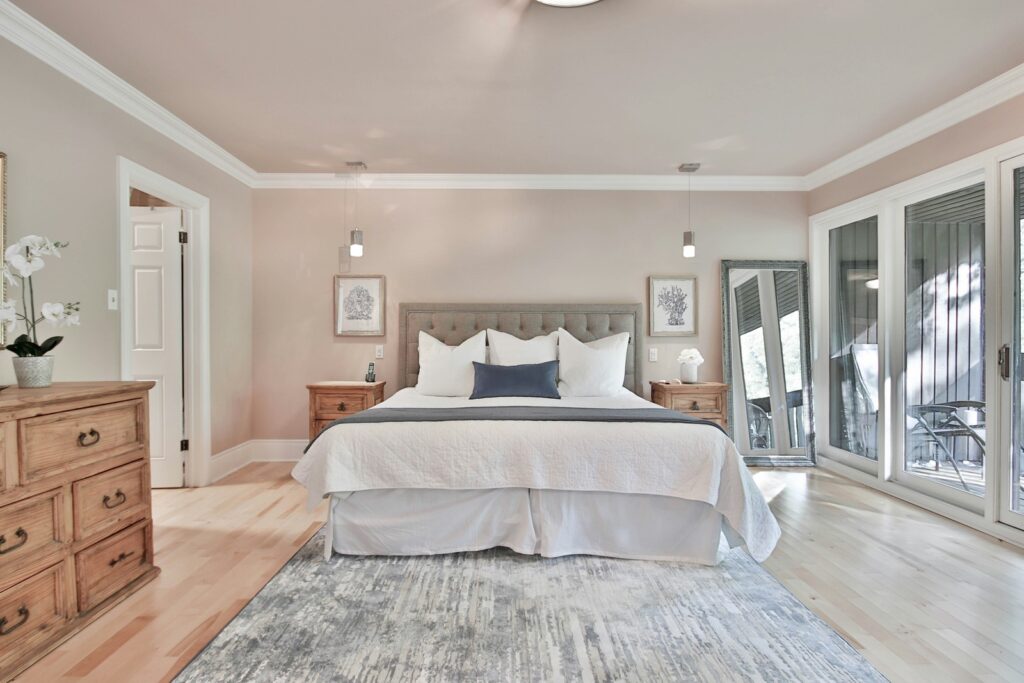
Guest Accommodation
Adding a toilet and kitchen facilities to your garden room can turn it into a fully functional guest accommodation. This option is ideal for hosting family and friends or renting out on platforms like Airbnb.
Home Garden Office
With the rise of remote work and working from home, many people are looking for dedicated home office space. A garden room office with a toilet and kitchen can provide a private and productive workspace without sacrificing convenience.
Home Garden Room Gym
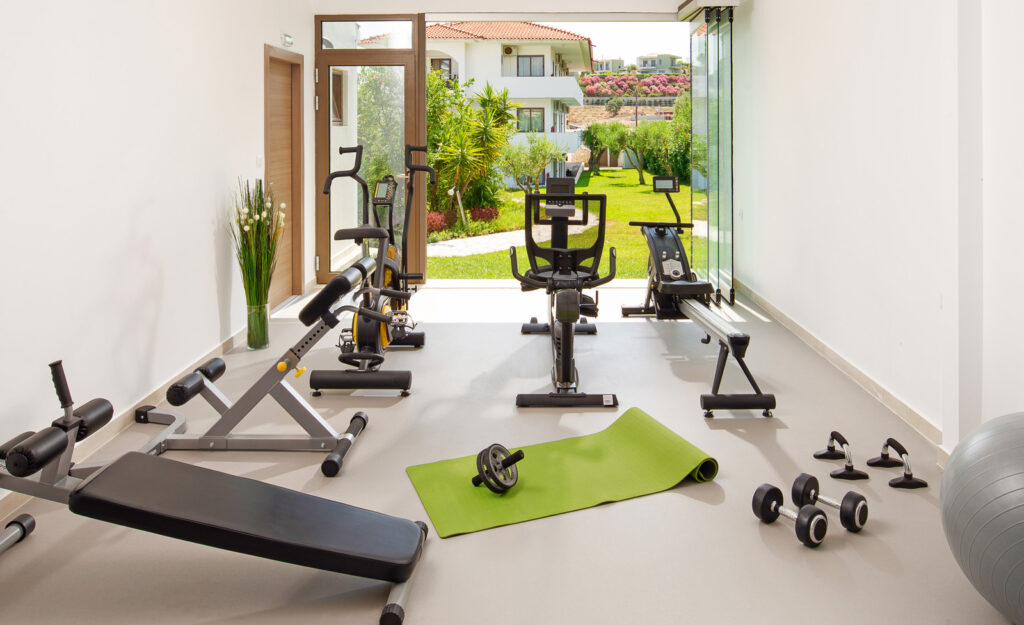
For fitness enthusiasts, a garden room with a toilet and kitchen can serve as a personal gym. You can create a designated workout space and have the convenience of showering and preparing healthy post-workout meals all in one place.
Additional Living Space
If you need more living space for your household, a garden room with added facilities can be an affordable option compared to renovating or moving to a larger home. It provides a separate area for activities like cooking, entertaining guests, or relaxing away from the main house.
Tiny House Living
For those looking to downsize and live a minimalist lifestyle, a garden room with a toilet and kitchen can serve as a tiny house. This option provides all the necessary amenities in a compact space, perfect for those looking to simplify their lives.
Legal and Planning Considerations for your Garden Room

If you are only using your garden room as a garden office and are not planning on making it a living space , you may not need planning permission. However, if your garden room is going to be used as a living space or will have toilet and kitchen facilities, it’s essential to check with your local council for regulations and requirements.
Planning Permission
In the UK, you typically don’t need planning permission for a garden room if it falls under Permitted Development (PD) rights. This means that it’s within specific size and height restrictions, is not intended for permanent residential use, and does not take up more than 50% of your garden. However, if you live in a Conservation Area or listed building, additional regulations may apply. It’s always best to check with your local planning department before starting any construction.
Permits and Building Regulations
Before you start building, it’s crucial to check local building regulations and obtain necessary permits. Building codes and zoning laws vary, so consult with your local planning department. You’ll likely need permits for plumbing and electrical work, as well as approval for the structure itself. Failing to comply with regulations can result in fines and may require costly modifications.
Building Regulations
Building regulations ensure that your garden room is safe and habitable. These standards cover aspects like structural integrity, insulation, ventilation, and fire safety. Compliance with building regulations not only ensures your safety but also enhances the value of your property. Hiring a qualified contractor can help you navigate these requirements and ensure your project meets all standards.
Insurance
It’s advisable to update your home insurance policy to include the garden room. Inform your insurer about the new addition and any amenities, such as the toilet and kitchenette. This ensures that your garden room is covered in case of damage or theft. Some insurers may require an inspection to assess the value and risk associated with the new structure.
Conclusion
A garden room with a toilet and kitchenette is more than just an extra space—it’s a versatile extension of your home that offers countless benefits. From creating a private retreat to generating rental income, the possibilities are endless.
By carefully considering design, materials, and legal requirements, you can create a functional and beautiful garden room that enhances your lifestyle.
